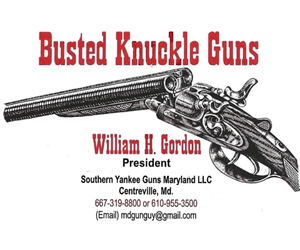Mark K
Active Member
I'm still trying to work up reliable handloads for my wife's Glock 42 (HP-38 powder, 100-gn FMJ bullets). (Up to now, the 3.1 grains maximum given by Hodgdon doesn't cycle the gun reliably. I'm about to go to the range to try out some with 3.2 grains of powder, and some with 3.3 grains -- the maximum according to Hornady.)
I've been seating the bullets at 0.980" C.O.L, as given by both Hodgdon and Hornady.
I know that C.O.L. that's too large can hang up in the magazine; on the other hand, C.O.L. that's too small can cause pressure issues, particularly since I'm at the high end of the recommended charge.
On the third hand, I see references that a lot of people seat their bullets deeper than 0.980" for the G42; and the couple boxes of commercial .380 FMJ ammunition I still have measure 0.970" or even less...
Some reloading sources say that recommended C.O.L is not-less-than, and some say it's not-more-than. Which is it? Or is it just a starting point?
I've been seating the bullets at 0.980" C.O.L, as given by both Hodgdon and Hornady.
I know that C.O.L. that's too large can hang up in the magazine; on the other hand, C.O.L. that's too small can cause pressure issues, particularly since I'm at the high end of the recommended charge.
On the third hand, I see references that a lot of people seat their bullets deeper than 0.980" for the G42; and the couple boxes of commercial .380 FMJ ammunition I still have measure 0.970" or even less...
Some reloading sources say that recommended C.O.L is not-less-than, and some say it's not-more-than. Which is it? Or is it just a starting point?


 Which is why I'm reloading. A lot.
Which is why I'm reloading. A lot.